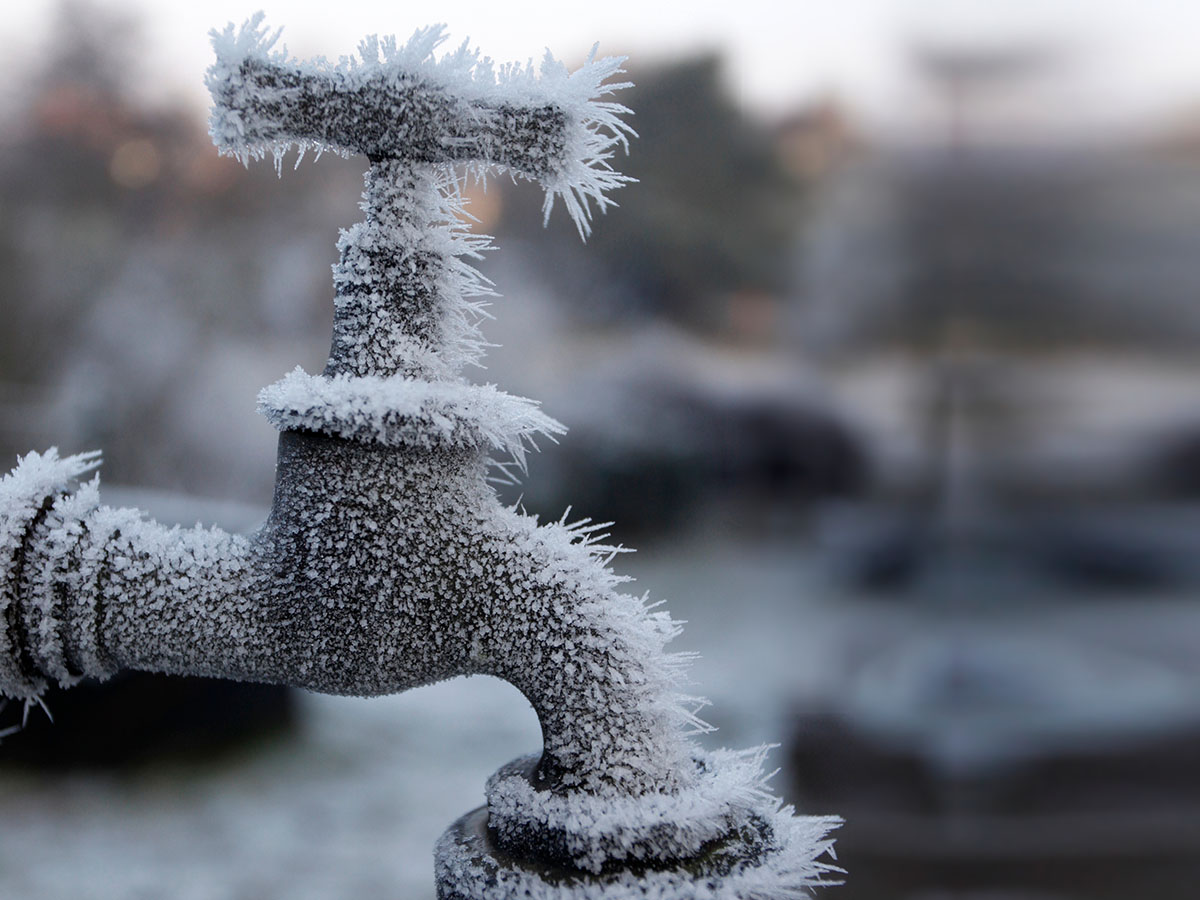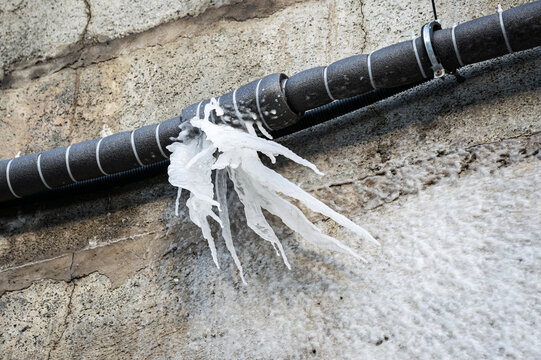Ways to Protect Pipes from Cold Weather: Expert Tips
QuoteJust how do you actually feel when it comes to How to prepare your home plumbing for winter weather?

Winter can ruin your pipes, especially by freezing pipes. Below's just how to avoid it from occurring and what to do if it does.
Intro
As temperatures drop, the risk of frozen pipes boosts, possibly causing costly repair work and water damage. Understanding just how to stop icy pipes is critical for house owners in chilly climates.
Prevention Tips
Shielding at risk pipelines
Wrap pipes in insulation sleeves or make use of warmth tape to protect them from freezing temperature levels. Focus on pipes in unheated or external areas of the home.
Home heating strategies
Keep indoor areas properly warmed, especially areas with plumbing. Open up cabinet doors to enable warm air to distribute around pipelines under sinks.
Just how to determine icy pipes
Look for lowered water flow from taps, unusual smells or sounds from pipes, and noticeable frost on exposed pipes.
Long-Term Solutions
Architectural adjustments
Consider rerouting pipes away from outside walls or unheated areas. Add added insulation to attics, cellars, and crawl spaces.
Upgrading insulation
Buy premium insulation for pipes, attic rooms, and walls. Proper insulation helps preserve regular temperature levels and lowers the danger of frozen pipelines.
Shielding Outside Pipes
Garden hoses and outdoor faucets
Separate and drain pipes garden tubes prior to wintertime. Set up frost-proof spigots or cover outside taps with insulated caps.
Understanding Icy Pipes
What creates pipelines to ice up?
Pipelines freeze when subjected to temperature levels listed below 32 ° F (0 ° C) for expanded periods. As water inside the pipes ices up, it expands, putting pressure on the pipeline wall surfaces and possibly causing them to rupture.
Risks and damages
Icy pipes can bring about water interruptions, home damages, and costly fixings. Ruptured pipelines can flood homes and create considerable structural damage.
Indicators of Frozen Water Lines
Determining frozen pipes early can avoid them from bursting.
What to Do If Your Pipes Freeze
Immediate activities to take
If you suspect frozen pipes, maintain taps open to relieve pressure as the ice melts. Utilize a hairdryer or towels taken in hot water to thaw pipelines gradually.
Final thought
Preventing icy pipes requires proactive actions and fast actions. By recognizing the reasons, signs, and safety nets, homeowners can shield their pipes throughout winter.
6 Proven Ways to Prevent Frozen Pipes and Protect Your Home
Disconnect and Drain Garden Hoses
Before winter arrives, start by disconnecting your garden hoses and draining any remaining water. Close the shut-off valves that supply outdoor hose bibs and leave the outdoor faucet open to allow any residual water to drain. For extra protection, consider using faucet covers throughout the colder months. It’s also important to drain water from any sprinkler supply lines following the manufacturer’s directions.
Insulate Exposed Pipes
Insulating your pipes is an effective way to prevent freezing. Pipe insulation is readily available at home improvement stores and is relatively inexpensive. Pay close attention to pipes in unheated areas such as the attic, basement, crawl spaces, or garage. Apply foam insulation generously to create a buffer against the cold. You can also wrap your pipes in heat tape or thermostat-controlled heat cables for added warmth.
Seal Air Leaks
Inspect your home for any cracks or openings that could let in cold air. Seal any holes around the piping in interior or exterior walls, as well as the sill plates where your home rests on its foundation. Additionally, make sure to keep your garage door closed unless you’re entering or exiting. Leaving it open creates a significant air leak that can lead to frozen pipes.
Allow Warm Air Circulation
During cold snaps, it’s essential to allow warm air to circulate evenly throughout your home. Leave interior doors ajar to promote better airflow. Open kitchen and bathroom cabinets to help distribute heat consistently around the rooms. If you have small children or pets, be sure to remove any household chemicals or potentially harmful cleaners from open cabinets for safety.
Let Faucets Drip
A small trickle of water can make a big difference in preventing ice formation inside your pipes. When temperatures drop significantly, start a drip of water from all faucets served by exposed pipes. This continuous flow helps prevent the water from freezing. Additionally, running a few faucets slightly can relieve pressure inside the pipes, reducing the chances of a rupture if the water inside does freeze.
https://choateshvac.com/6-proven-ways-to-prevent-frozen-pipes-and-protect-your-home/

We hope you enjoyed our part on How To Avoid Freezing Pipes. Thank you so much for spending some time to read through our short article. Those who enjoyed reading our blog entry kindly do not forget to pass it around. I value reading our article about How to Prevent Your Pipes From Freezing.
Request Service